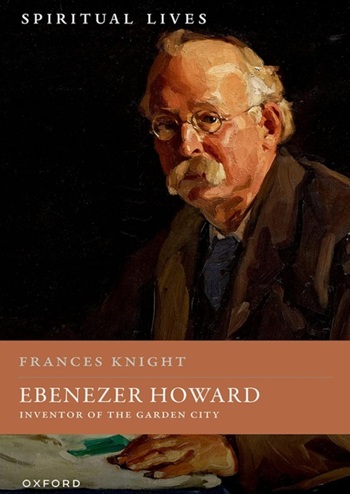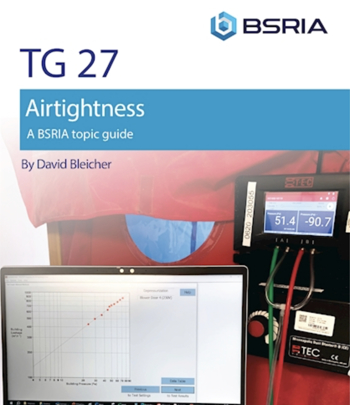About Vivianafulfuc
MArch 1 Student
Merging nature with advanced, man-made technology, my proposal uses the living trees as structural and sustainable columns.
The willow tree columns are able to adapt to the 21st Century challenges, such as flooding threats and non-renewable building resources, being able to sustain light-weight structures when reaching full grown maturity.
Living trees can take up to 45% dead load over their own weight without breaking, Given the trees have quite an unique growing pattern and there are unpredictable factors influencing their health, a 15% overload is regarded as a safety figure. (according to tree-house building regulations). Hence, adding an extra 15% to the tree weight results in 1.364 tonnes per tree- actual load that can be supported by the living structure.
A proposed living tree column, however, is to be formed of 19 trees, which means that the column’s overall’s weight is around 25.91 tonnes on its own. This is based on a mature living willow tree of 20 inch trunk width and 36 feet tall weights approximately
1.186 tonnes.
The column is to feature a temporary scaffolding structure that supports the rings beams on which the trees shall be fixed to. For the first 10 years( minimum), the temporary structure is expected to take the building load until the trees merge into a single, strong organism, able to take the lead themselves and support the building load.Using living trees to form structural columns might the future of using timber in architecture, having these structures that can adapt to particular climates and building surroundings. In addition, the living trees are approximately 3x stronger than cut wood. This way, the construction is simplified and improved at the same time. On top of that, the carbon emission is reduced due to less processing and increased oxygen production.
Featured articles and news
A change to adoptive architecture
Effects of global weather warming on architectural detailing, material choice and human interaction.
How big is the problem and what can we do to mitigate the effects?
Overheating guidance and tools for building designers
A number of cool guides to help with the heat.
The UK's Modern Industrial Strategy: A 10 year plan
Previous consultation criticism, current key elements and general support with some persisting reservations.
Building Safety Regulator reforms
New roles, new staff and a new fast track service pave the way for a single construction regulator.
Architectural Technologist CPDs and Communications
CIAT CPD… and how you can do it!
Cooling centres and cool spaces
Managing extreme heat in cities by directing the public to places for heat stress relief and water sources.
Winter gardens: A brief history and warm variations
Extending the season with glass in different forms and terms.
Restoring Great Yarmouth's Winter Gardens
Transforming one of the least sustainable constructions imaginable.
Construction Skills Mission Board launch sector drive
Newly formed government and industry collaboration set strategy for recruiting an additional 100,000 construction workers a year.
New Architects Code comes into effect in September 2025
ARB Architects Code of Conduct and Practice available with ongoing consultation regarding guidance.
Welsh Skills Body (Medr) launches ambitious plan
The new skills body brings together funding and regulation of tertiary education and research for the devolved nation.
Paul Gandy FCIOB announced as next CIOB President
Former Tilbury Douglas CEO takes helm.
UK Infrastructure: A 10 Year Strategy. In brief with reactions
With the National Infrastructure and Service Transformation Authority (NISTA).
Ebenezer Howard: inventor of the garden city. Book review.
Airtightness Topic Guide BSRIA TG 27/2025
Explaining the basics of airtightness, what it is, why it's important, when it's required and how it's carried out.





















